|
In the mountains, there you feel free. T.S.Eliot Chengdu, the main city in China’s Sichuan province, lies at 499 metres asl at the western end of what is known as the Sichuan Basin. North, west and south of the city, the level plain gives way to high mountain ranges dissected by steep-sided forested valleys with fast-flowing rivers, and around Ruoergai, more gentle pastured hills at the eastern end of the Tibetan plateau. This area supports an avifauna of rich diversity, including a significant number of endemic species. Of particular note are the variety of gamebirds, parrotbills and rosefinches, along with a bewildering array of Phylloscopus warblers. There is now a well-worn birding circuit taking in the mountains and the eastern edge of the Tibetan plateau. I spent the first two weeks of June traveling the circuit anti-clockwise, heading from Chengdu north to the Gongganling Pass, then heading basically south through the main sites of Ruoergai, Mengbishan, Balangshan, Labahe, Erlangshan and Longcanggou. I went with Summer Wong Bird Tours. Originally, I was meant to join three other birders on the trip but in the event, it ended up being just Summer, Uncle Xu the driver, and myself. Summer is in her early thirties, speaks excellent English, and is very knowledgeable; she knows where to find the birds and has an enviable ability to pick up the birds by sight and, more importantly perhaps, by sound. She also proved an excellent companion in the field. I flew out to Chengdu on the afternoon of 31 May and overnighted at the Chengdu Airport Hotel. Summer met me at the hotel at 6.30 am on the following day and we spent a couple of hours at what are known as the Lotus Ponds in the southeast of the city before driving 330 km north to overnight at Chuanzhusi (2980 metres asl), the base for exploring the Gonggangling Pass (3500 metres asl). The ponds, as with other areas at the base of the mountains we visited later in the tour, had an avifauna that would be familiar to any Hong Kong birder. Water birds included Yellow and Cinnamon Bitterns and nine Chinese Spot-billed Ducks, and among the passerine species were at least eight Chinese Grosbeaks and several Black-throated Bushtits. Three parrotbills seemed to be hybrid Vinous x Ashy-throated. We also heard a Chinese Bamboo Partridge but failed to see it. We left the ponds at 8.00 am and drove north out of the basin, slowly climbing along steep-sided river valleys with denuded hillsides for several hours to Chuanzhusi. After checking into our hotel we managed a little birding in the late afternoon. Summer drove a few kilometres towards Gonggangling and we stopped at a couple of hillside sights, birding the scrub below pine-covered slopes. Of note here were 80 Red-billed Choughs, as well as our first encounters with Chinese Fulvetta, Chinese White-browed and Pink-rumped Rosefinches, and Alpine and Hume’s Leaf Warblers. The next day we drove to the Gongglang pass, arriving just after dawn. The pastures here were rimed with frost; the puddles on the marshy grass were layered with ice. Our target species here was Pere David’s Owl; indeed, the rationale for doing the tour in an anti-clockwise direction was to try to find the owl before it became elusive in the post-breeding season. Unfortunately, it seemed to be already too late; the owl proved elusive both in the pine forest here and also in Baxi Forest near Ruoergai which was our next destination. However, there were compensations. We walked down a clearing in the forest and as the rising sun warmed the pines and the adjacent grassy hillside, birds became very active. Two Blood Pheasants ran quickly across the clearing at the bottom of the slope. Warblers consisted of Buff-barred, Alpine, Sichuan Leaf and Greenish, and we also had decent views of a singing Spotted Bush Warbler. A male Collared Grosbeak fed within a couple of metres of us. We also had two Sichuan Tits, three Himalayan Bluetails, two Slaty-backed Flycatchers and the only Maroon-backed Accentor of the trip. Later we walked up and down a hilly meadow at the edge of the forest. Birds of prey overhead included a Crested Honey Buzzard and two Himalayan Vultures. The scrub yielded up Kessler’s and Chestnut Thrushes, Elliot’s Laughingthrush, White-bellied and Blue-fronted Redstarts, Siberian Rubythroat and White-browed Tit Warbler. All in all, a good introduction to the Alpine avifauna of the province.
At 10.40 a.m., we began the drive to Ruoergai on the eastern edge of the Tibetan plateau.
0 Comments
Leave a Reply. |
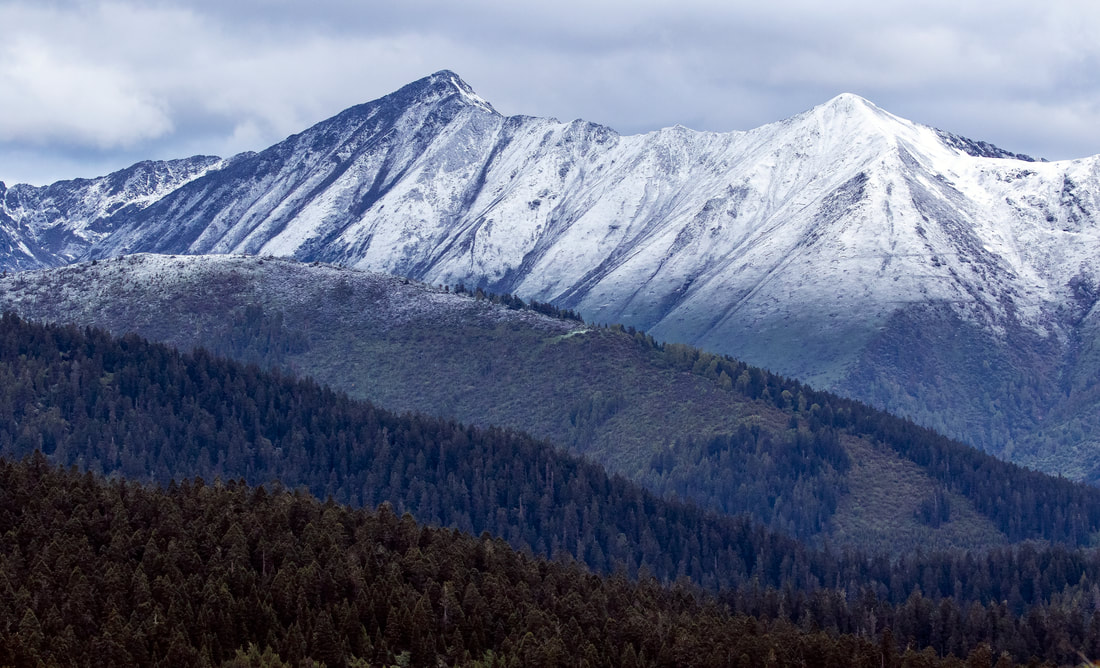
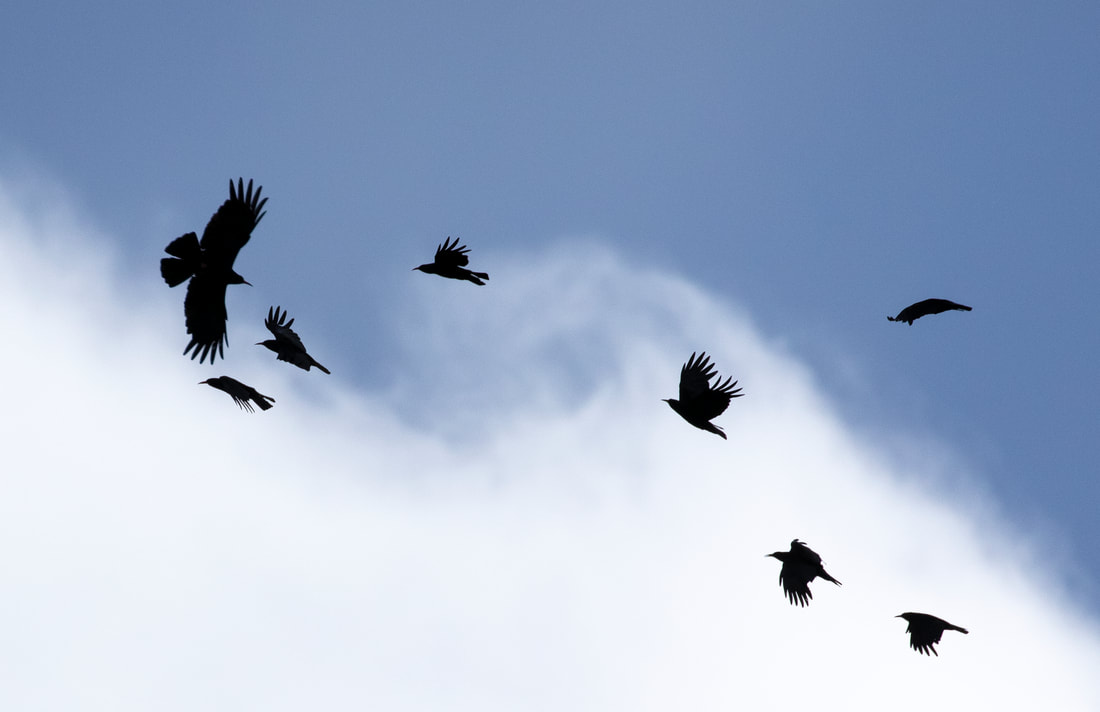
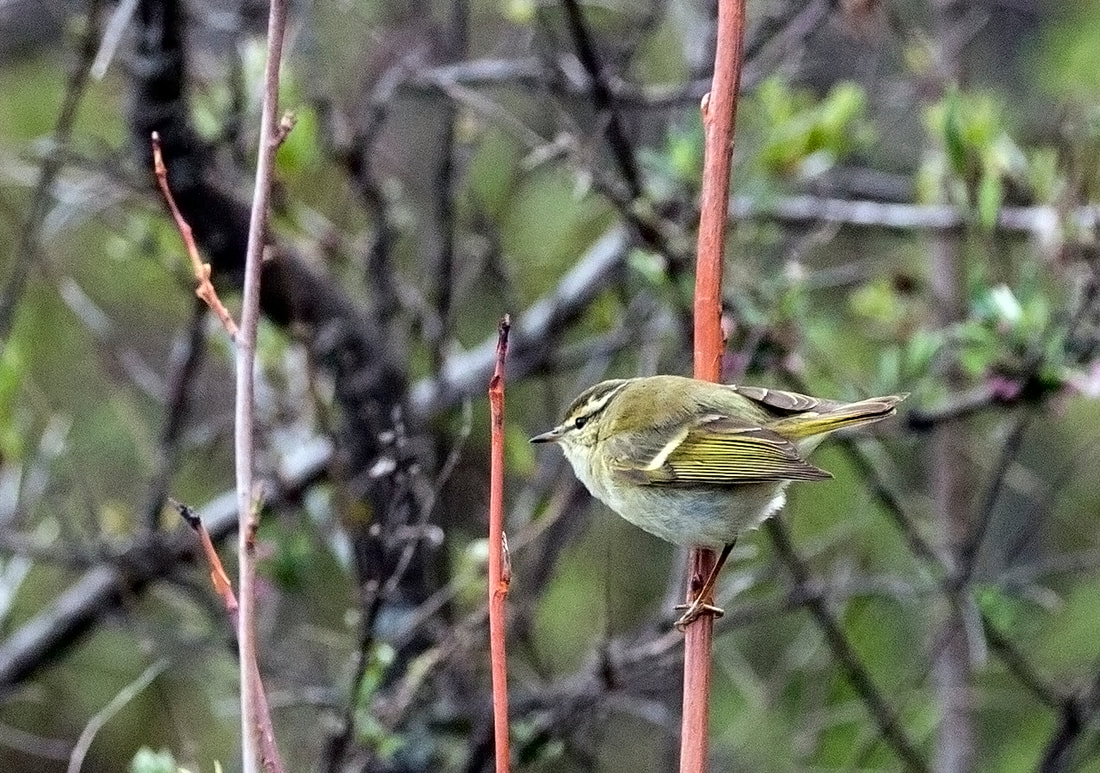
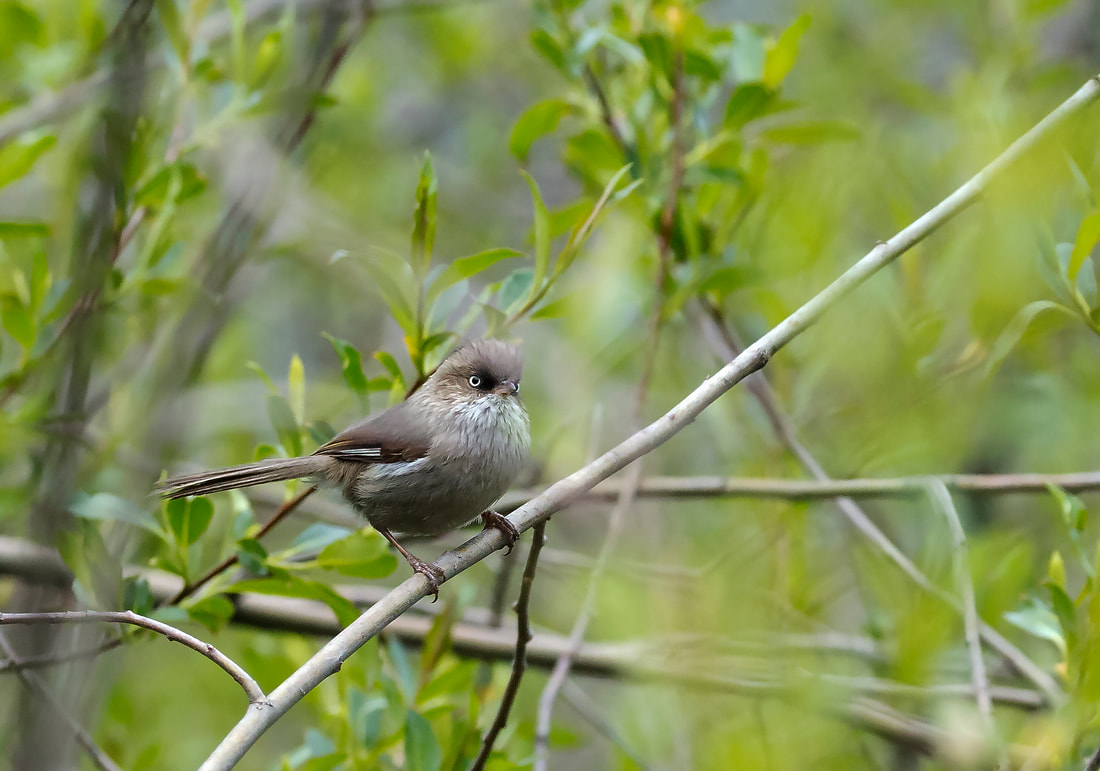
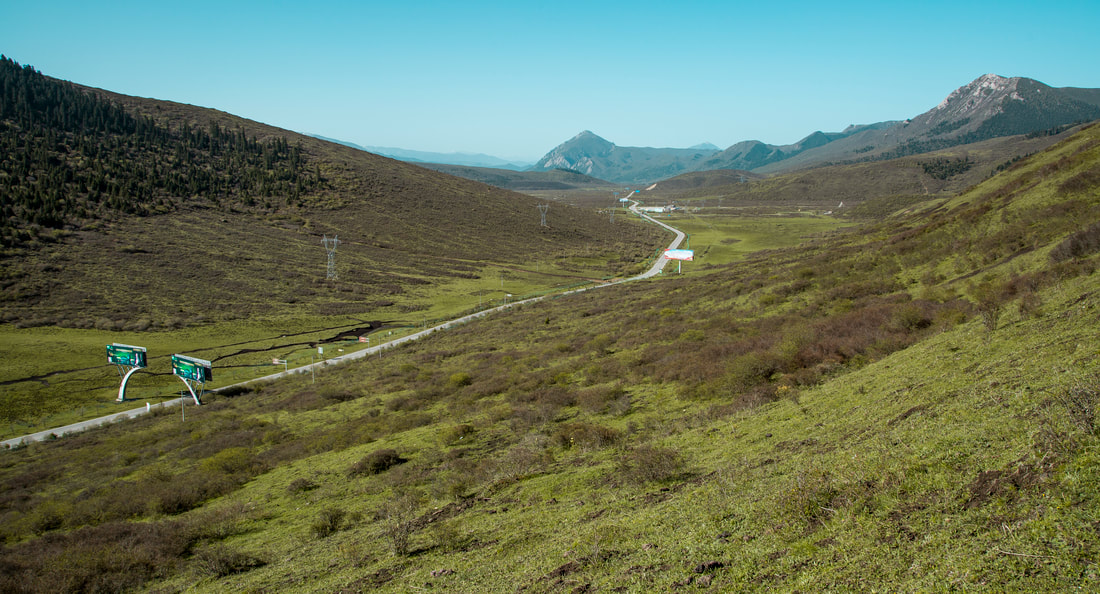
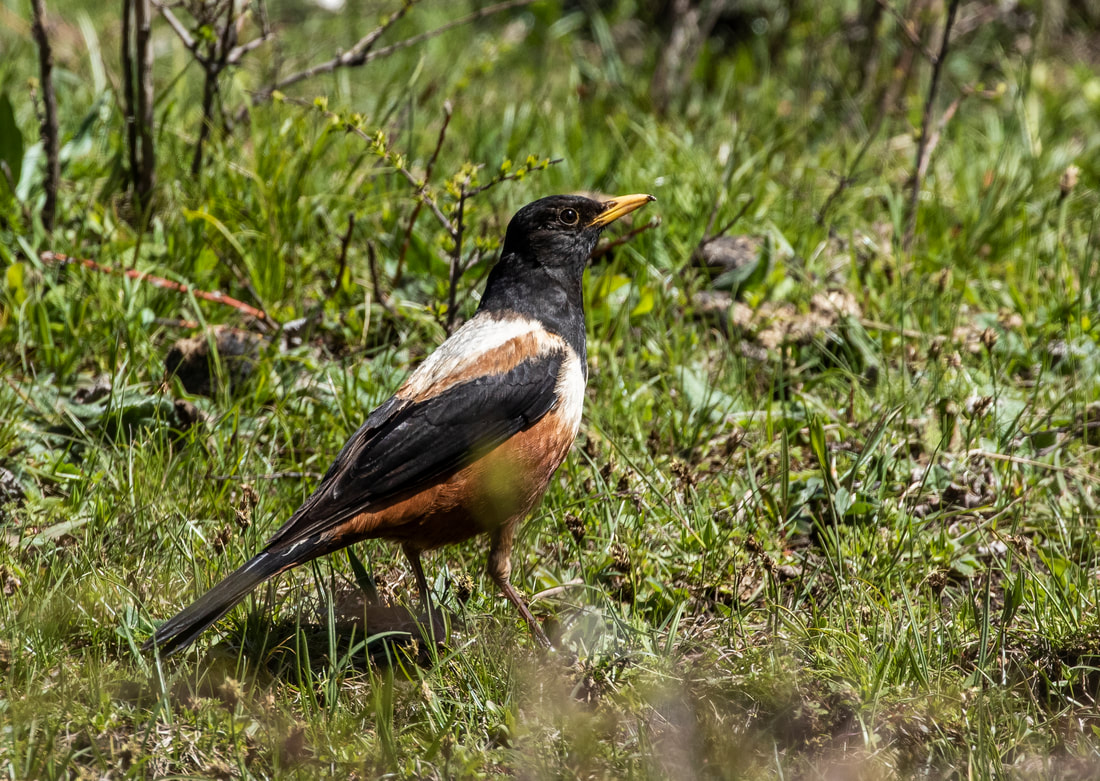
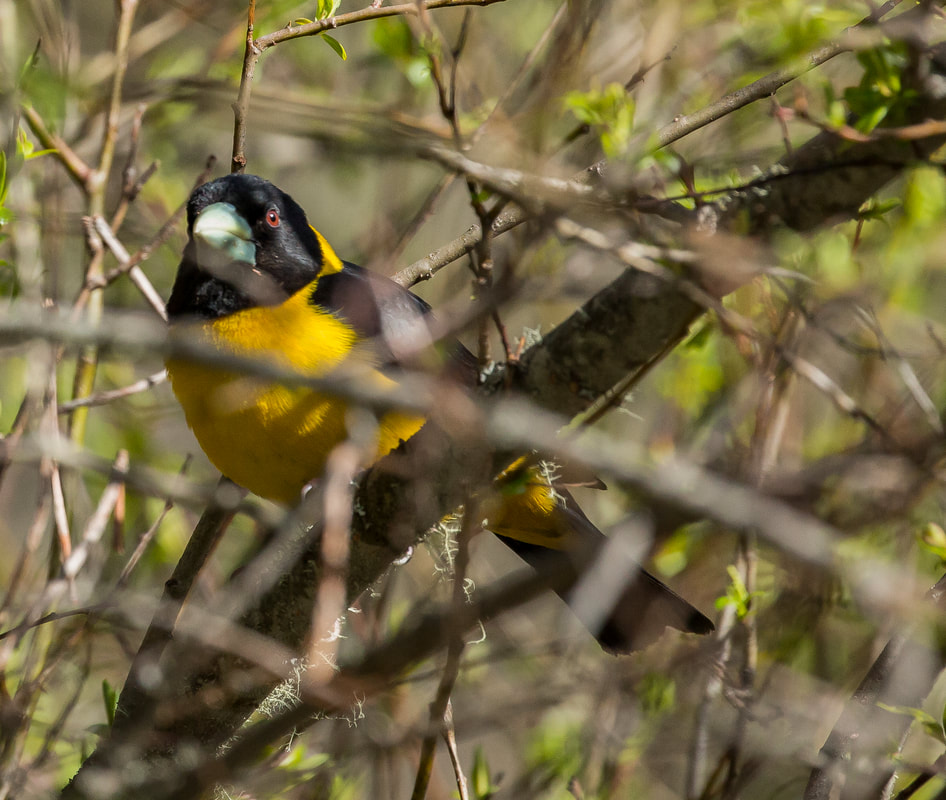
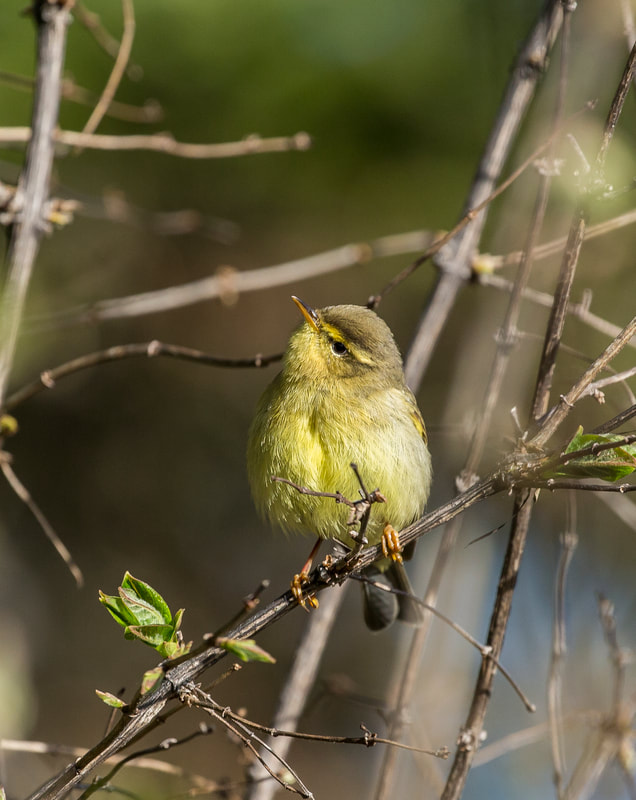
 RSS Feed
RSS Feed
